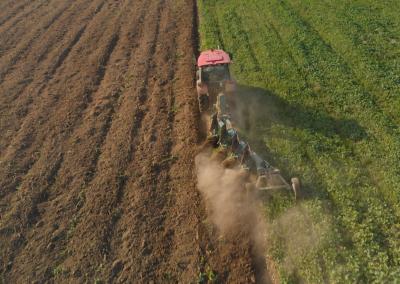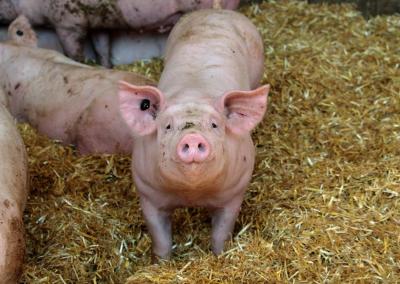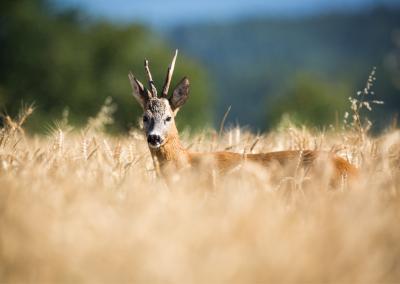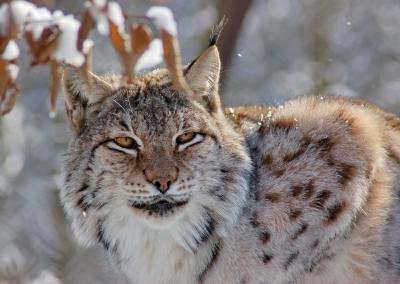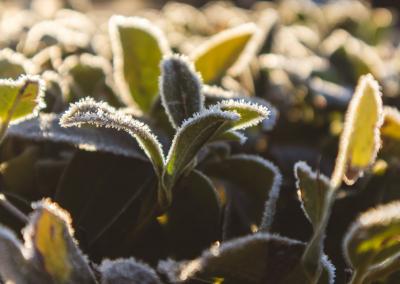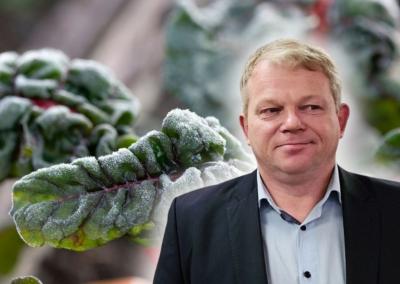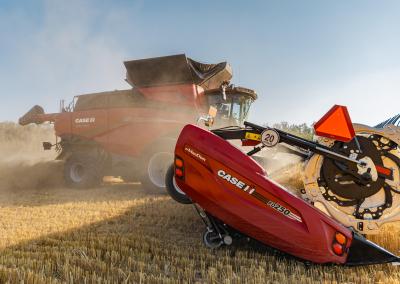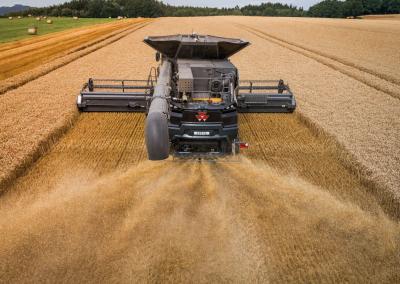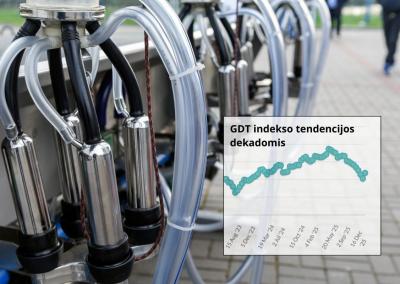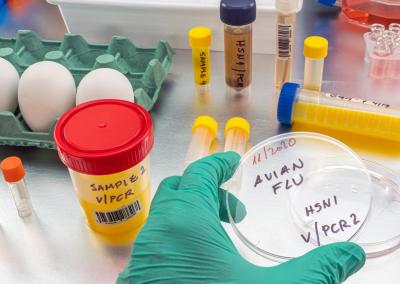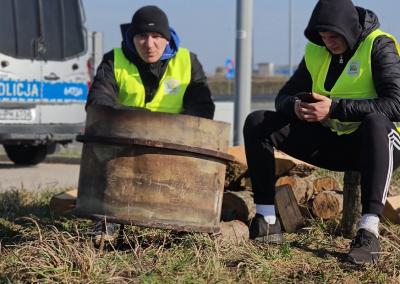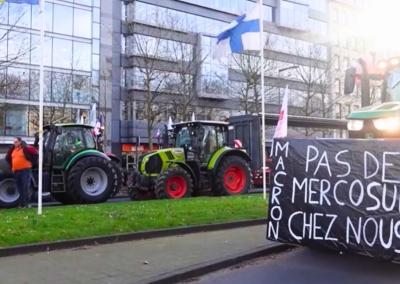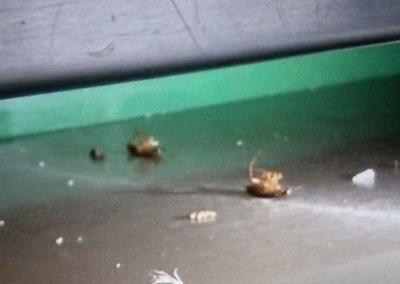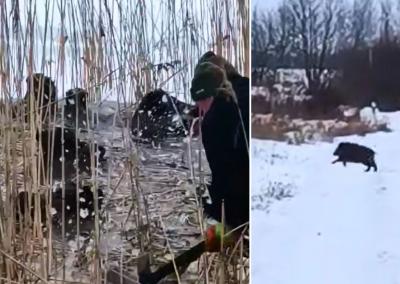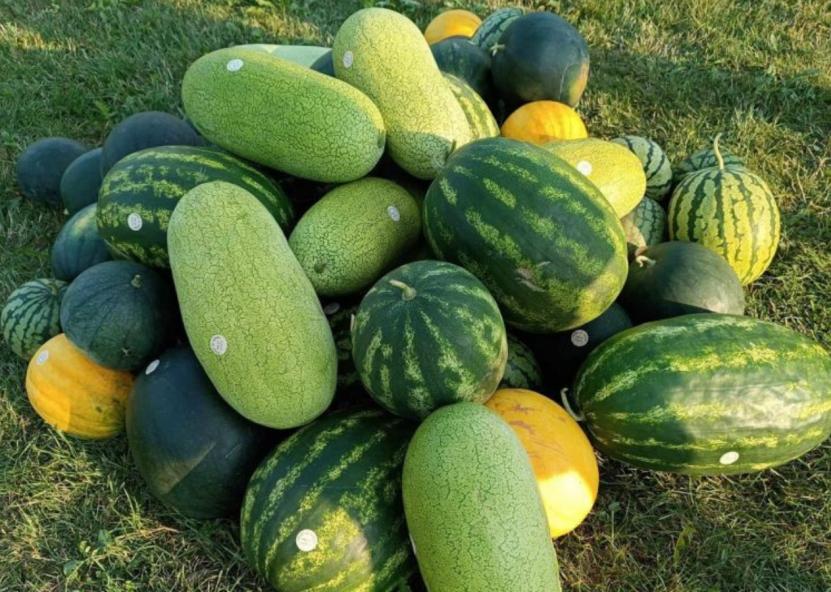Watermelons have ripened in the Ukmergė region
Ukmergė resident Naglis Valikonis started picking watermelons grown on his family's farm particularly early this year – from mid-July. This is the third year they have been growing the crop, and not only do they eat it themselves – they sell most of the harvest.
The young man said he came up with the idea of growing watermelons three years ago. „We have land, lots of children. We grow everything the family needs, strawberries, raspberries, currants. We decided to try growing watermelons. The year before last it was difficult, not much grew. But we saw that others were succeeding, so we started to take an interest and last year the watermelons grew better," said N. Valikonis.
Last year the family grew 200 watermelon plants, this year – 500. The watermelon garden covers about 10 acres of land.
They grow their own seedlings from bought and collected seeds. We buy hybrid watermelon seeds.
Their seeds are not suitable for sprouting. We have collected other watermelon seeds. But the mainstay – hybrid watermelons. They are tastier and more resistant," he said.
When asked about the specifics of growing watermelons, he says it's different every year. He enjoys a particularly early harvest because he grows the seedlings in a greenhouse in spring. He monitors the weather and only transplants them outdoors after the frosts are over. This year, they did this after 19 May. „It needs to be covered with plastic and soil. It warms up faster and retains heat longer when it is covered," the watermelon grower shared.
The seedlings are covered with agri-film for about a month if frost still occurs, as well as from rain and wind, to help the plants to grow and their foliage to mature, establish itself and begin to set fruit. They fertilise a couple of times a season with diluted nettle leaven, which they make themselves.
Watermelons are not afraid of rain. Other growers have had explosions, but at Valikoni Farm, maybe only three have exploded in the whole field this year. More often than not, mice or other rodents chew through them," he said.
They usually pick 1 or 2 watermelons per leech. From species that knit smaller berries, 3 to 4 watermelons.
This year the family is growing eight varieties of watermelon. The thick-skinned ones last longer. Thin-fleshed ones need to be consumed more quickly. We have yellow, red, pink, orange inside. All with seeds, but some have smaller seeds, others – bigger“, – said N. Valikonis.
Vyras and his wife, who live in the village of Graužiečių, Pivonija municipality, have a large family – four children aged between 3 and 10 years old. After the birth of the third child in the family, Naglis went on paternity leave, after which he did not return to work. With many children, you need help at home and work is difficult. You had to have something to do, because nobody would bring anything on a tray. We started working on the land," shared Valikonis.
On the family's three-hectare farm, the family also grows blueberries and grapes. „We grow everything for ourselves. We live like everybody else in the village. We plant potatoes so we don't have to buy them. We raise sheep for meat – there are about 20 of them, and we have chickens“, – the man said. His wife, among other things, bakes cakes using products from the family farm.
The harvest of groundnuts is now in its second year, and not only for the family. They sell them by advertisement and on the side of the road.


